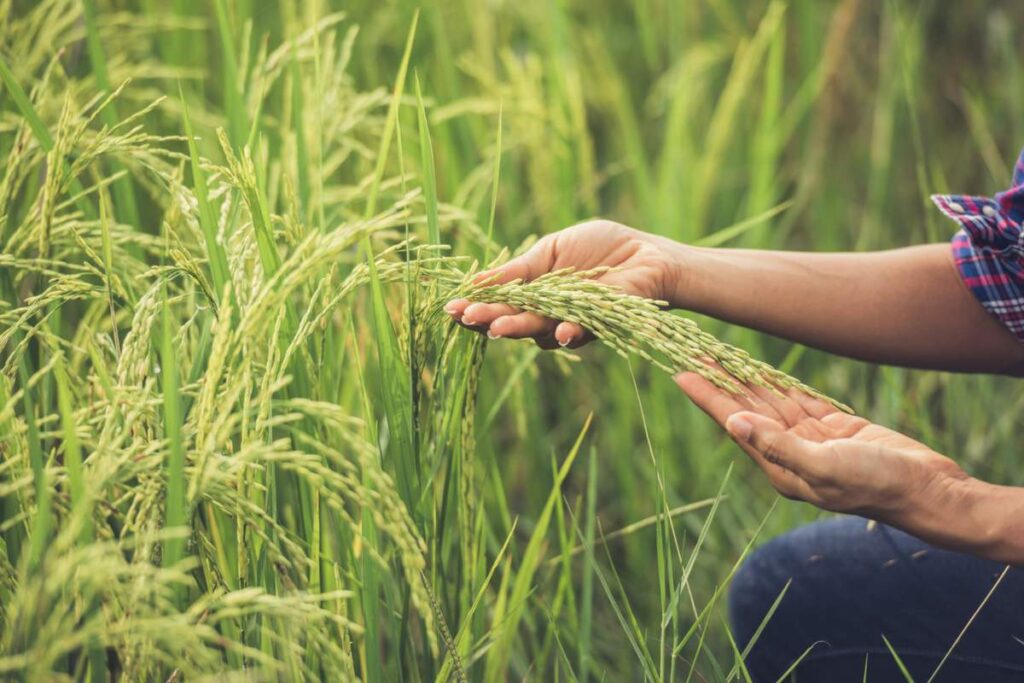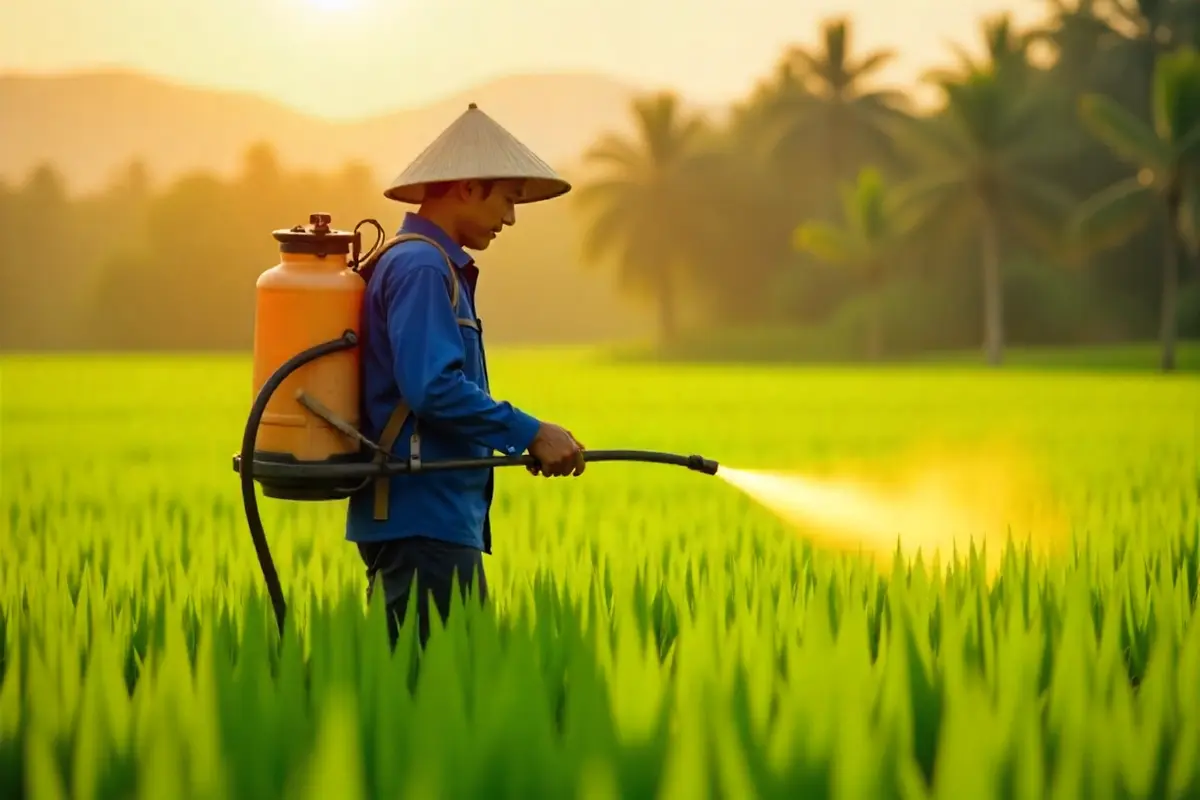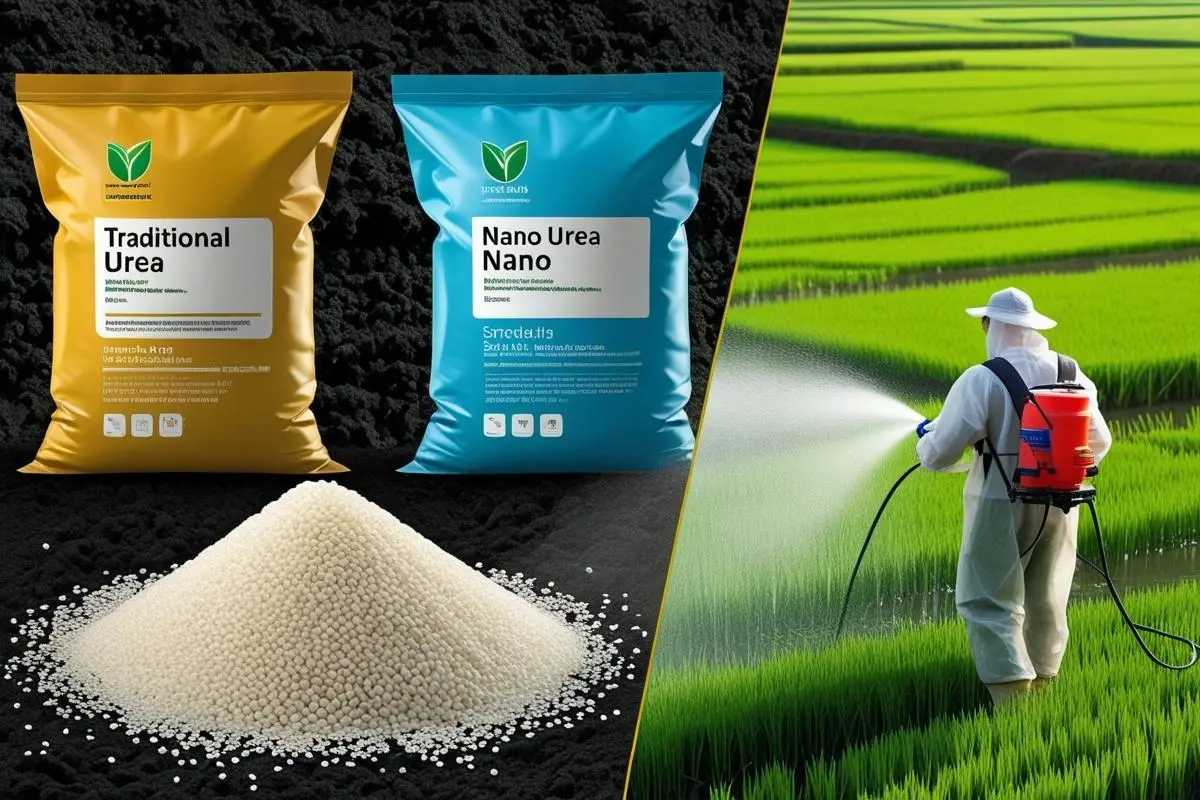Crop insurance is a financial protection scheme to safeguard farmers against losses caused by natural disasters, pests, diseases, or market fluctuations. It helps ensure stability in agricultural income by compensating farmers for crop failure due to unpredictable events like droughts, floods, storms, or pest infestations.
Governments and private insurers offer different types of crop insurance, encouraging farmers to invest in better farming practices without the fear of total financial loss. This type of insurance is essential for promoting sustainable agriculture and ensuring food security by minimizing economic risks.
While crop insurance provides financial security to farmers and helps stabilize the agricultural economy, it also has several disadvantages that can be challenging for many farmers. In this article, we will discuss the advantages and disadvantages of crop insurance in detail.
Table of Contents
Advantages of Crop Insurance

1. Financial Security for Farmers
Farming is highly unpredictable due to factors like extreme weather, pests, and diseases. Crop insurance provides farmers with financial compensation for crop losses, ensuring they do not suffer complete financial ruin. This stability helps them recover from losses and continue farming without falling into deep debt.
2. Encourages Investment in Modern Farming Techniques
With the assurance that their investments are protected, farmers are more likely to adopt advanced farming technologies such as high-yield seeds, modern irrigation systems, and better fertilizers. This improves productivity and efficiency, leading to increased agricultural output.
3. Reduces Farmers’ Dependence on Loans
Crop failures often force farmers to take loans from banks or moneylenders at high interest rates, pushing them into financial distress. Crop insurance reduces this burden by providing compensation in case of losses, minimizing their need for borrowing and preventing debt cycles.
4. Stabilizes Agricultural Economy
When farmers face financial distress due to crop losses, it impacts the entire agricultural economy, including suppliers, traders, and consumers. Crop insurance helps stabilize farm incomes, ensuring that agricultural production remains consistent and contributes to overall economic stability.
5. Promotes Climate Resilience
Climate change has increased the frequency of extreme weather events like droughts, floods, and cyclones, severely affecting crop yields. Crop insurance encourages farmers to adopt climate-resilient practices, such as drought-resistant crops and sustainable water management, making agriculture more adaptable to changing climatic conditions.
6. Ensures Food Security
By protecting farmers from complete losses, crop insurance helps maintain a steady food supply. When agricultural production remains stable, food prices stay balanced, preventing shortages and ensuring that people have access to affordable food.
7. Government Support and Subsidies
Many governments offer subsidized crop insurance schemes to make coverage affordable for small and marginal farmers. These initiatives reduce the financial burden on farmers while ensuring the widespread adoption of insurance programs to safeguard national food production.
8. Provides Peace of Mind to Farmers
Farming is a high-risk profession, and uncertainty about income can lead to stress and anxiety. Crop insurance provides peace of mind to farmers, reducing mental stress and allowing them to focus on improving their agricultural practices without constant fear of financial disaster.
Disadvantages of Crop Insurance

1. High Premium Costs
One of the biggest challenges of crop insurance is the high cost of premiums, especially for small and marginal farmers. Although governments often provide subsidies, many farmers still find the premiums unaffordable. Which makes crop insurance inaccessible to the very people who need it the most.
2. Delayed Claim Settlements
Many farmers face long delays in receiving compensation due to a long process and inefficiencies in insurance companies. These delays can cause financial distress, as farmers need immediate funds to reinvest in the next cropping season.
3. Complex Procedures and Lack of Awareness
The process of applying for crop insurance and filing claims is often complicated, requiring paperwork and proper documentation that many farmers struggle to provide. Additionally, a lack of awareness about insurance schemes prevents many farmers from enrolling in them.
4. Fraud and Corruption
In some cases, fraudulent claims are made by individuals who do not suffer actual losses, leading to financial strain on insurance providers and reducing the effectiveness of the scheme. Also, corruption within the system may result in eligible farmers not receiving their rightful compensation.
5. Limited Coverage for Certain Losses
Crop insurance policies often do not cover all types of losses. For example, some policies may exclude losses due to pests, diseases, or market price fluctuations. This limited coverage can leave farmers vulnerable despite having insurance.
6. Reduced Farmer Responsibility
Some farmers may take unnecessary risks or neglect proper farming practices, assuming that insurance will cover their losses. This can lead to careless farming decisions, such as not adopting pest control measures or planting crops in unsuitable conditions, ultimately affecting overall agricultural productivity.
7. Lack of Accurate Crop Loss Assessment
Accurately assessing crop losses is a major challenge in crop insurance. Traditional methods of evaluation can be slow and inefficient, leading to disputes between farmers and insurance companies. Inaccurate assessments may result in underpayment or rejection of claims, leaving farmers in financial distress.
8. Coverage Gaps for Small and Marginal Farmers
Large-scale farmers often benefit more from crop insurance because they can afford higher coverage plans, while small and marginal farmers may receive minimal compensation. This creates an uneven distribution of benefits, making crop insurance less effective in supporting the most vulnerable farmers.
Conclusion
Crop insurance plays a crucial role in protecting farmers from financial losses caused by unpredictable risks. It offers benefits like financial security, stable farm incomes, and overall economic stability. However, crop insurance also has several drawbacks, including high premium costs, delayed claim settlements, and complex procedures. To maximize the benefits of crop insurance, it’s important for governments and insurers to focus on making policies more affordable, transparent, and accessible, especially for small and marginal farmers. A well-structured crop insurance system can contribute significantly to agricultural sustainability, food security, and the overall well-being of the farming community.








